- عنوان کتاب: Nuclear Radiation Interactions, 2nd Edition
- نویسنده: Sidney Yip Mingda Li
- حوزه: تشعشعات هستهای
- سال انتشار: 2025
- تعداد صفحه: 454
- زبان اصلی: انگلیسی
- نوع فایل: pdf
- حجم فایل: 19.3 مگابایت
اولین ویرایش این کتاب، که در سال 2014 منتشر شد، بر اساس یادداشتهای سخنرانی در اوایل دهه 1970 در MIT بود که بر مبانی برهمکنشهای پرتوهای هستهای تمرکز داشت و بر درک نحوه تعامل پرتوهای هستهای با ماده تمرکز داشت. هدف این بود که پایهای مختصر برای دانشمندان و مهندسان هستهای مشتاق فراهم کند که به دانش ضروری برای طراحی و بهینهسازی سیستمهای هستهای برای کاربردهای ایمنتر و کارآمدتر نیاز دارند. ده سال از انتشار چاپ اول می گذرد. در طول این مدت، زمینه تعاملات تشعشعات هستهای به دلایلی که مهمترین آن نگرانی جهانی تغییرات آب و هوایی است، به طور قابل توجهی تکامل یافته است. یکی از خطوط مقدم چشم انداز تولید برق همجوشی هسته ای با دوام تجاری است. پروژههای بینالمللی در مقیاس بزرگ مانند تحقیقات بینالمللی گداخت هستهای (ITER) و پروژههای راهاندازی در مقیاس کوچکتر مانند سیستمهای همجوشی مشترک المنافع (CFS) با بودجه خصوصی، تلاشهایی هستند که بالقوه نویدبخش تولید برق همجوشی موفق هستند. یک فصل جدید، فصل 14، برای ارائه یک گزارش مقدماتی یا این توسعه جدید اضافه شده است. در عین حال، ظهور فناوریهای هوش مصنوعی و یادگیری ماشین نیز ما را برانگیخت تا فصل جدید دیگری، فصل 15 را وارد کنیم. سومین مورد قابل توجه در ویرایش دوم در امتداد خطوط نوآوری آموزشی است تا آگاهی از تعاملات مربی و دانشآموز و یادگیری فعال را افزایش دهد. در فصلها، ما سه نوع سؤال را تعبیه کردهایم: سؤالات مفهومی درونفصل، مسائل کمی بیشتر، و سؤالات پایان فصل در سطح پروژه Capstone. بسیاری از سوالات به عنوان تکالیف در دوره های تحصیلات تکمیلی که ما در بخش علوم و مهندسی هسته ای MIT (NSE) تدریس می کنیم، استفاده شده است. ما معتقدیم که این روشهایی است که مربی میتواند دانشآموزان را در مهارتهای عملی و حل مسئله در یک محیط واقعی مشارکت دهد. در طول نهاییسازی کتاب، ما مدیون بسیاری از همکاران، همکاران، مربیان و همه دانشآموزانی هستیم که در سخنرانیهای کلاسهای «فیزیک هستهای کاربردی»، «برهمکنش ماده تشعشع» و «یادگیری ماشین علوم هستهای و مهندسی مهندسی» شرکت کردند. O’Brien، و Artittaya Boonkird با کمک های فراوان. ما از بنیاد ملی علوم ایالات متحده (NSF)، به ویژه دکتر لیندا مولنار، به خاطر دانش مهمی که دانش بنیادی را با پایداری ادغام می کند، سپاسگزاریم. همچنین از پروفسور یان هانچینتون به خاطر اینکه به ما اجازه استفاده از مشکلات مربوط به همجوشی هسته ای را داده است، تشکر می کنیم. مایلیم از ویراستاران شرکت انتشارات علمی جهانی، سوه یونگ چی، ریمی واهپ و لیم سویی چنگ به خاطر تلاشهایشان قدردانی کنیم. تشکر ویژه از فلیس فرنکل برای تصویر جلد. در نهایت، S.Y. از همسرش نیتا برای سفری که یک عمر طول می کشد قدردانی می کند، در حالی که M.L. از همسرش، Mi، و فرزندانش، آنچنگ و آنتون، که حمایتهایشان منبعی ثابت از قدرت و الهام در طول این سفر بوده است، صمیمانه تشکر میکند.
The first edition of this book, published in 2014, was based on lecture notes as early as 1970s at MIT, focused on the fundamentals of Nuclear Radiation Interactions, emphasis on understanding how nuclear radiaions interact with matter. The goal was to provide a concise foundation for aspiring nuclear scientists and engineers who need the essential knowledge to design and optimize nuclear systems for safer and more efficient applications. It has been ten years since the publication of the first edition. During this time, the field of nuclear radiation interactions has evolved significantly, for reasons not the least of which is the global concern of climate change. One forefront is the prospect of commercially viable nuclear fusion power production. Large-scale international projects like International Nuclear Fusion Research (ITER) and the smaller-scale start-up projects like Commonwealth Fusion Systems (CFS) with private funding are efforts with potential promise of breakthrough fusion power generation. A new chapter, Chapter 14, has been added to give an introductory account or this new development. At the same time, the emergence of artificial intelligence and machine learning technologies has also motivated us to include another new chapter, Chapter 15. A third notable addition in the second edition is along the lines of pedagogical innovation, to enhance awareness of instructor-student interactions and active learning. In the chapters, we have embedded three types of questions: in-chapter conceptual Questions, more quantitative Problems, and end-of-chapter Capstone project-level questions. Many questions have been utilized as homework assignments in the graduate-level courses that we teach at the MIT Nuclear Science and Engineering (NSE) department. We believe these are the ways the instructor can engage the students in hands-on, problem-solving skills in a real-world environment. During the finalization of the book, we owe a significant debt of gratitude to many colleagues, collaborators, mentors, and all the students participating the lectures in classes of “Applied Nulcear Physics”, “Radiation Matter Interaction,” and “Machine learning Nuclear Science and Enigneering.”We would also like to thank the teaching assistants Akira Sone, Thanh Nguyen, Paul Seurin, Alexander O’Brien, and Artittaya Boonkird with many contributions.We are grateful for US National Science Foundation (NSF), particularly Dr. Linda Molnar, for the critical knowledging integrating fundamental knowledge to sustainability.We also would thank Prof. Ian Hunchinton for letting us use the problems reated to nuclear fusion. We would like to acknowledge the editors at the World Scientific Publishing Company, Soh Yong Qi, Rhaimie Wahap, and Lim Swee Cheng for their efforts. A special thank you to Felice Frenkel for the cover image. Lastly, S.Y. expresses the gratitude to his wife, Nita, for the journey that spans a lifetime, while M.L. extends heartfelt gratitude to his wife, Mi, and children, Ancheng and Anton, whose support has been a constant source of strength and inspiration throughout this journey.
این کتاب را میتوانید از لینک زیر بصورت رایگان دانلود کنید:
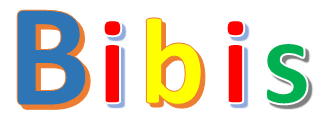





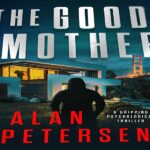






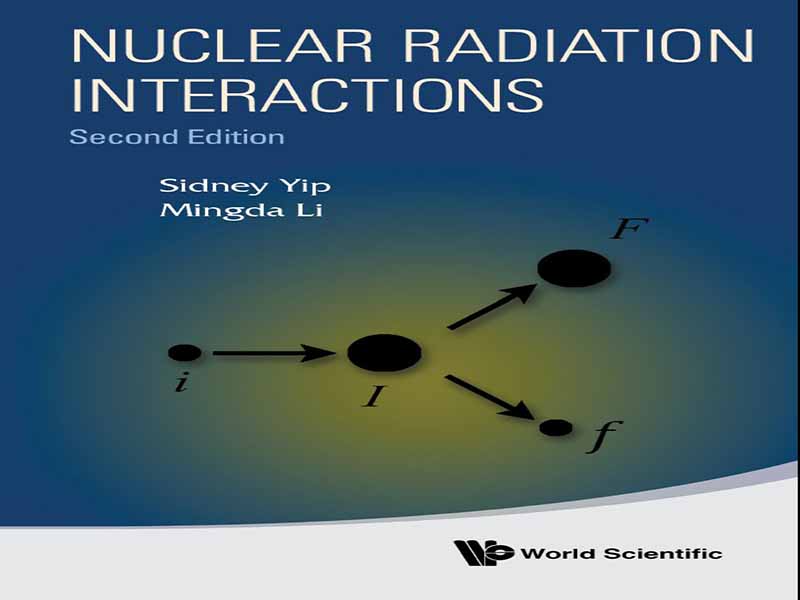
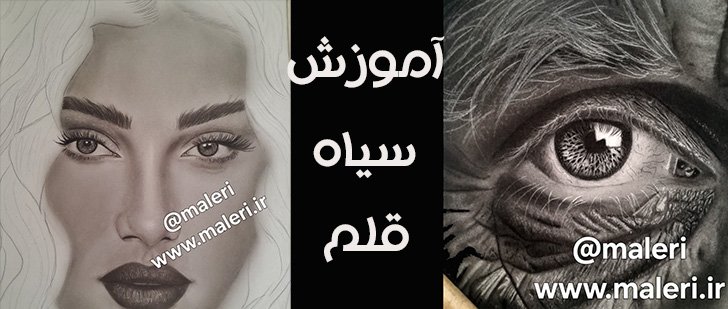



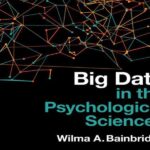




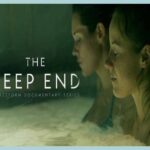







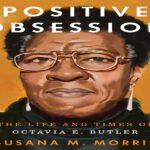


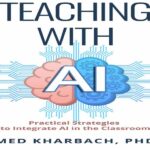
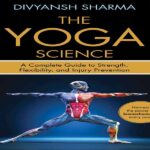
نظرات کاربران